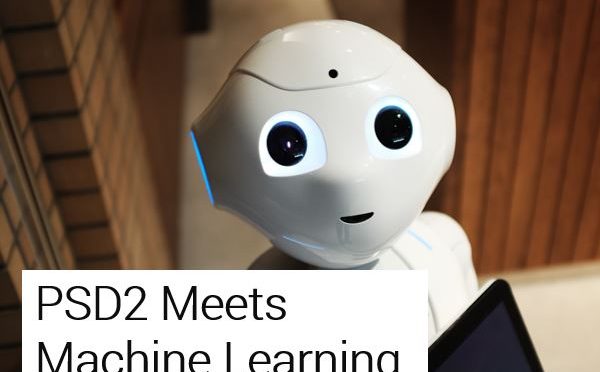PSD2 – Can Machine Learning Help?
Blog: Enterprise Decision Management Blog

Machine learning is sexy – just ask my colleague Gabriel Hopkins! So it’s not surprising to find machine learning being advocated as the answer for payment service providers looking to manage fraud in the world of PSD2.
Why does PSD2 make machine learning more important than ever in the fight against fraud?
Given the current levels of hype around machine learning, you’d be forgiven for thinking it is a brand new innovation. Actually, the use of machine learning to fight fraud has a long and successful pedigree. If you are using the FICO Falcon Platform to manage fraud you’ve been using machine learning technology for a quarter of a century!
If you’re not, PSD2 could well be the catalyst that gets you looking to machine learning to help you. Why? PSD2 means an unprecedented degree of change in how payments are managed, to cope successfully you need tools that can adapt – a strength of several machine learning techniques.
Open Banking Will Disrupt Your Fraud Detection
PSD2 is opening up banking by introducing new service providers that will have unprecedented access to account information and payments. This is great news for consumers who will have new ways to manage their payment accounts and initiate payments.
Account Information Service Providers (AISPs) will provide aggregation services related to bank and other financial accounts. For example, they could provide people with a single interface where they can see information about their accounts with different providers.
Payment Initiation Service Providers (PISPs) will allow users to initiate payments from their various accounts without using a credit or debit card or fiddling around in their online banking application to set up a beneficiary and make a payment.
As these new providers emerge and consumers start to use them, PSPs (think banks) will experience a change in their relationship with their customer. Instead of interacting directly with their banks and financial institutions, customers will have more direct interactions with their AISP and PISP providers.
It will, however, remain the PSP that is liable for fraud. And the behavioral data they rely on for fraud detection will often be coming to them via the service provider. At present we don’t know exactly if there will be more data, less data or just different data for the PSPs to use to detect fraud. We can only say for sure that new providers will be emerging for a considerable time and so the fraud data landscape will continue to evolve – likely without a linear pattern.
Fraud managers need to be adaptive at the best of times. PSD2 makes adaptation more important than ever. Machine learning provides valuable tools. Unsupervised models in particular are useful when you want to identify new and emerging patterns and spot anomalies that would otherwise be hidden in the data. With that ability to adapt quickly to change, the case for using machine learning in payment security is stronger than ever.
Beware of Silver Bullets
Machine learning is everywhere at the moment, and that can make for a daunting selection process. Be wary of providers that believe that they have an algorithm that will match every problem. FICO has been investing in improving and innovating our capabilities for decades – we have 45 patents relating to machine learning and fraud awarded or pending just in the past 5 years – and we’re continuing to strive to do even better.
Not all machine learning is the same. Different approaches work better and worse in different situations.
Seek help from experts who truly understand the domain – not only the technicalities of machine learning, but also PSD2 and the needs of payment service providers. The wrong provider will make your problem fit their approach. The right provider will work with you to ensure the right approach is used and that it can scale for the needs of your business. They will also discuss the other elements – such as data sharing and rules – which round out the optimal solution.
For more information on PSD2 and the need for machine learning, read our white paper PSD2 – Is Machine Learning More Important in the New Payments Ecosystem. This is also one of the subjects we’ll be covering at our live webinar PSD2 – Managing Fraud Intelligently on 2nd November.
The post PSD2 – Can Machine Learning Help? appeared first on FICO.
Leave a Comment
You must be logged in to post a comment.







